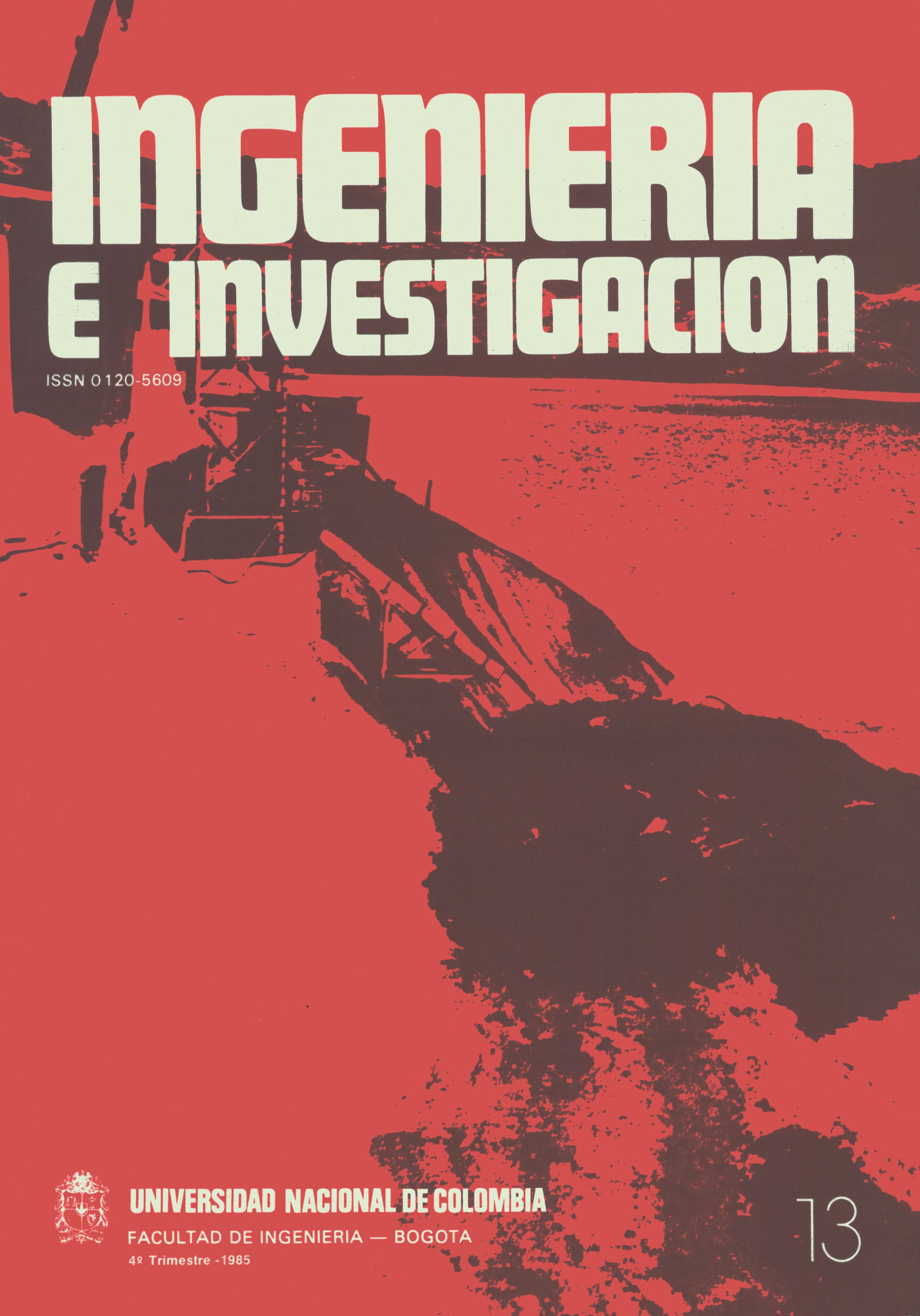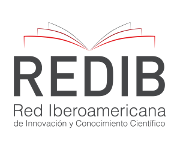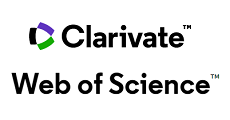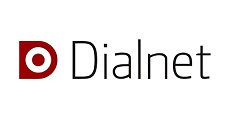¿Dónde está la basura que no se recoge?
DOI:
https://doi.org/10.15446/ing.investig.n13.19536Keywords:
Manejo de basuras, Resíduos sólidos, Materia orgánica, Problemas sanitarios (es)Waste management, Solid waste, Organic matter, Sanitary problems (en)
Downloads
Se presenta el problema de las ciudades que no recogen sus basuras, por ejemplo una población de 300.000 habitantes produciría residuos sólidos que a 1 metro de altura, en una calle de 10 metros de ancho, ocuparían 50 metros lineales en un día, que equivale a 228 cuadras al año. La naturaleza actúa a favor del ambiente; si un hombre de 80 kilos muere, su cuerpo después de descomponerse ocupa un volumen de 2 x 10-3 m3, pero el excedente se convierte en gases malolientes, en líquidos con alta demanda de oxígeno y en sólidos inertes. Los autores calculan que cada tonelada de basura colombiana se convierte en 115 kg de materia residual inerte; 180 litros de lixiviados que contaminan el suelo, el aire y las aguas y 644 kg de gases, en su mayoría compuestos de CH4 y CO2.
How to Cite
APA
ACM
ACS
ABNT
Chicago
Harvard
IEEE
MLA
Turabian
Vancouver
Download Citation
CrossRef Cited-by
Dimensions
PlumX
Article abstract page views
Downloads
License
Copyright (c) 1985 Héctor Collazos P., José Alcides Sánchez T.

This work is licensed under a Creative Commons Attribution 4.0 International License.
The authors or holders of the copyright for each article hereby confer exclusive, limited and free authorization on the Universidad Nacional de Colombia's journal Ingeniería e Investigación concerning the aforementioned article which, once it has been evaluated and approved, will be submitted for publication, in line with the following items:
1. The version which has been corrected according to the evaluators' suggestions will be remitted and it will be made clear whether the aforementioned article is an unedited document regarding which the rights to be authorized are held and total responsibility will be assumed by the authors for the content of the work being submitted to Ingeniería e Investigación, the Universidad Nacional de Colombia and third-parties;
2. The authorization conferred on the journal will come into force from the date on which it is included in the respective volume and issue of Ingeniería e Investigación in the Open Journal Systems and on the journal's main page (https://revistas.unal.edu.co/index.php/ingeinv), as well as in different databases and indices in which the publication is indexed;
3. The authors authorize the Universidad Nacional de Colombia's journal Ingeniería e Investigación to publish the document in whatever required format (printed, digital, electronic or whatsoever known or yet to be discovered form) and authorize Ingeniería e Investigación to include the work in any indices and/or search engines deemed necessary for promoting its diffusion;
4. The authors accept that such authorization is given free of charge and they, therefore, waive any right to receive remuneration from the publication, distribution, public communication and any use whatsoever referred to in the terms of this authorization.




























